Hazelnuts, also known as filberts or cobnuts, are among the world’s most beloved nuts, cherished for their rich, buttery flavor and incredible health benefits. They’re the star ingredient in chocolates, spreads, and desserts—but beyond the kitchen, hazelnuts represent sustainability, biodiversity, and agricultural opportunity.
If you’ve ever dreamed of growing your own hazelnut tree—whether for commercial production, home gardening, or academic research—this comprehensive guide will walk you through everything you need to know: from planting and propagation to harvesting and processing your own hazelnuts.
1. Introduction to Hazelnuts
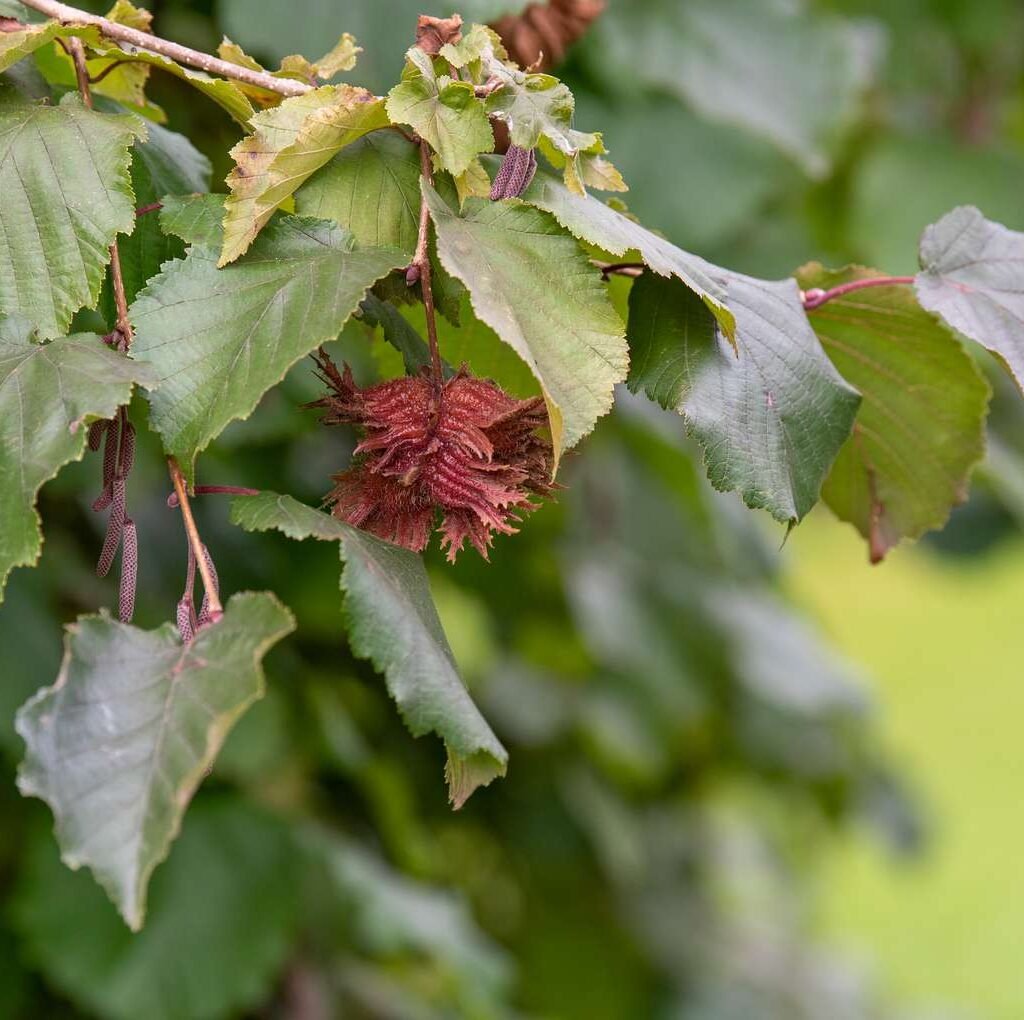
The hazelnut (Corylus avellana) is a small, deciduous tree or large shrub belonging to the birch family (Betulaceae). Native to Europe and western Asia, it’s now cultivated worldwide, especially in countries like Turkey, Italy, the United States (Oregon), and Spain.
Hazelnuts are not only delicious but also packed with nutrients, including vitamin E, magnesium, protein, and healthy fats. Their trees are attractive additions to any landscape, offering glossy green leaves, charming catkins in spring, and an abundant harvest of nuts in autumn.
2. Why Choose Hazelnuts?
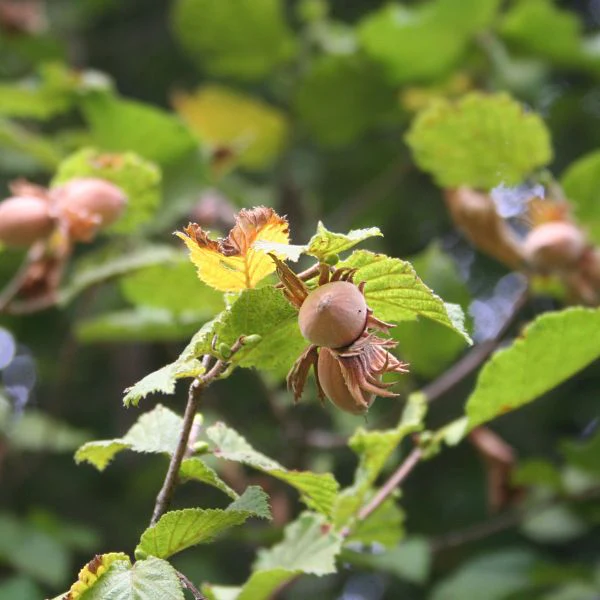
Growing hazelnuts offers multiple benefits, making them a worthy addition to your garden or research project:
- High market value: Demand for hazelnuts is consistently strong in the food industry.
- Low maintenance: They’re hardy, disease-resistant, and adaptable to different soils.
- Environmental benefits: Hazelnut trees help prevent soil erosion and support wildlife habitats.
- Compact growth: Perfect for smaller gardens, as most hazelnut trees grow only 10–15 feet tall.
- Health powerhouse: Rich in antioxidants, good fats, and fiber—ideal for heart and brain health.
3. Understanding the Hazelnut Plant

A hazelnut tree is typically multi-stemmed, forming a rounded bush. Its key features include:
- Leaves: Broad, round, and serrated with a rich green hue.
- Flowers: Male flowers form as catkins, while female flowers are small and red.
- Pollination: Most hazelnut trees are self-incompatible—they need another variety nearby for cross-pollination.
- Fruits (Nuts): Enclosed in a leafy husk, the nuts mature in late summer or early autumn.
4. Ideal Growing Conditions
Hazelnuts thrive best under specific environmental and soil conditions:
- Climate: Prefer temperate regions with cool winters and mild summers. They require about 800–1,200 chilling hours below 7°C (45°F) for proper flowering.
- Temperature: Optimal range is 13°C–30°C (55°F–86°F).
- Sunlight: Full sun to partial shade; at least 6 hours of direct sunlight daily.
- Rainfall: 700–1,200 mm annually is ideal. In dry areas, supplemental irrigation is necessary.
5. Soil Requirements
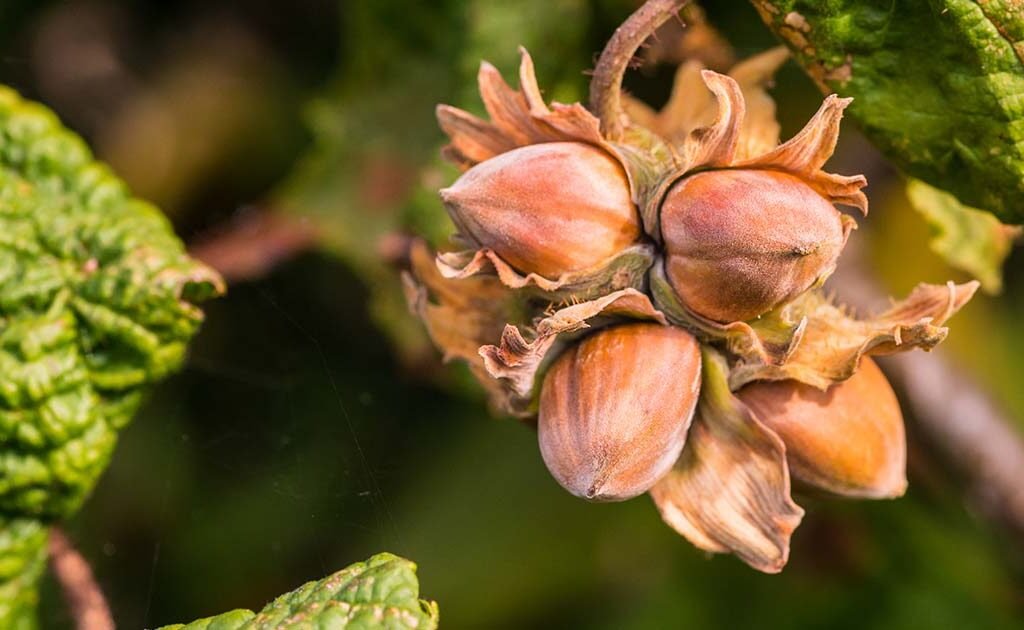
Hazelnuts are adaptable but perform best in well-drained loamy or sandy soils with moderate fertility.
Soil tips:
- pH level: Slightly acidic to neutral (6.0–7.5).
- Drainage: Avoid heavy clay or waterlogged soils—hazelnuts hate “wet feet.”
- Preparation: Before planting, mix organic compost or well-rotted manure to enrich the soil.
6. Propagation Methods
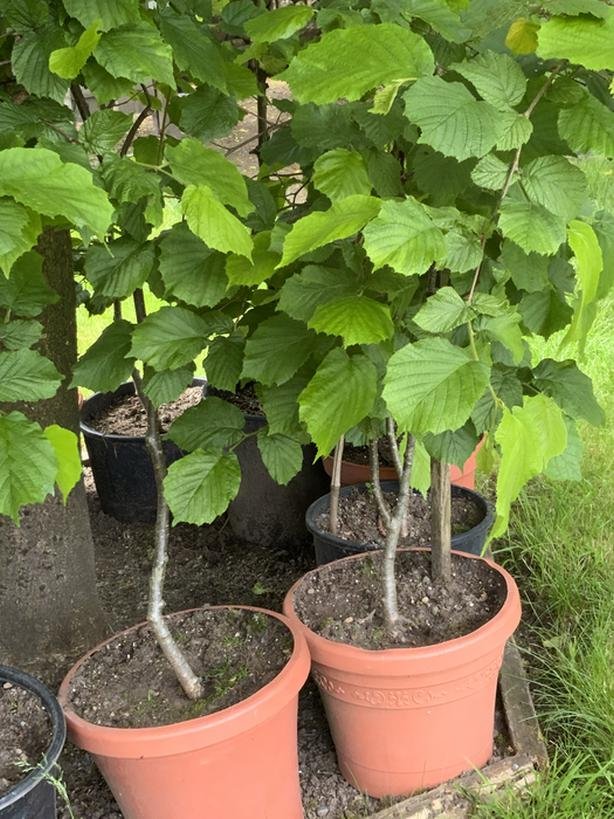
Hazelnuts can be propagated through seed, layering, or grafting.
A. From Seeds
- Collect mature nuts in autumn and dry them.
- Stratify the nuts (cold treatment) for 2–3 months at around 3–5°C to break dormancy.
- Sow them in pots or directly in the ground during early spring.
- Seed-grown trees take longer to bear nuts (6–8 years) and may not retain parent traits.
B. Layering
This is a reliable vegetative method:
- Bend a low-growing branch to the ground.
- Cover part of it with soil, leaving the tip exposed.
- Roots develop in 12–18 months, after which it can be separated and transplanted.
C. Grafting
Common for commercial orchards. Scions from high-yielding varieties are grafted onto hardy rootstocks for uniform growth and earlier nut production.
7. Planting Hazelnut Trees
Best time: Late winter or early spring before new growth begins.
Steps:
- Choose healthy, disease-free saplings (1–2 years old).
- Space trees about 4–5 meters (13–16 feet) apart for optimal growth.
- Dig a hole twice the size of the root ball.
- Place the sapling in the hole, ensuring the roots spread naturally.
- Refill with soil mixed with compost and water thoroughly.
- Apply mulch (leaves, bark, or straw) around the base to retain moisture.
8. Pollination and Cross-Varieties
As hazelnut trees are wind-pollinated, cross-pollination is essential for good yields.
Tip: Plant at least two compatible varieties within 20 meters of each other to ensure pollen transfer.
Common compatible pairs include:
- Jefferson with Eta
- Barcelona with Daviana
- Tonda di Giffoni with Tonda Gentile Romana
Avoid planting in locations prone to strong winds that may disperse pollen too quickly.
9. Watering and Fertilization
Hazelnuts are moderately drought-tolerant but benefit from regular watering during dry spells, especially in their first few years.
Watering tips:
- Keep soil moist but not soggy.
- Drip irrigation or deep watering once a week is ideal in dry climates.
Fertilization:
- Apply well-rotted manure or compost annually in early spring.
- Use a balanced NPK fertilizer (10:10:10) twice a year—once in spring and once after fruit set.
- Avoid excessive nitrogen, as it may promote vegetative growth instead of fruiting.
10. Pruning and Maintenance
Pruning is vital for shaping, health, and productivity.
Key points:
- Remove suckers or unwanted shoots emerging from the base.
- Thin out crowded branches to improve air circulation.
- Maintain 6–8 strong branches forming a vase shape for better sunlight penetration.
- Conduct light pruning every winter when the tree is dormant.
Regular pruning prevents disease buildup and improves nut quality.
11. Pests and Diseases
Although hazelnuts are generally hardy, they can face some threats:
Common pests:
- Filbert aphid: Causes leaf curling; control with neem oil spray.
- Hazelnut weevil: Damages nuts; remove affected nuts and use organic insecticides.
- Scale insects: Controlled by horticultural oil applications.
Diseases:
- Eastern filbert blight (EFB): Fungal disease causing branch dieback; use resistant varieties like Jefferson and Yamhill.
- Bacterial blight: Managed by pruning infected areas and improving air circulation.
- Root rot: Avoid overwatering and ensure well-drained soil.
Preventive care and proper sanitation greatly reduce problems.
12. Flowering and Nut Formation
Hazelnuts typically flower between January and March, depending on the climate.
- Male catkins release pollen that fertilizes female flowers.
- Once pollinated, nuts begin developing inside husks and mature by August to October.
During this stage, maintaining adequate moisture and avoiding stress ensures plump, flavorful nuts.
13. Harvesting Hazelnuts
Harvest season is one of the most rewarding times for growers.
Signs of readiness:
- The husks turn brown, and nuts begin to fall naturally.
- Shake the branches gently; mature nuts will drop easily.
Harvesting steps:
- Collect fallen nuts daily to prevent pest infestation.
- Remove husks and spread nuts in a single layer to dry in a warm, airy place for 1–2 weeks.
- Once dry, store nuts in airtight containers in a cool, dry area.
Hazelnuts can last for months when properly dried and stored.
14. Post-Harvest Processing
Processing hazelnuts enhances their flavor and extends shelf life.
- Roasting: Roast nuts at 175°C (350°F) for 10–15 minutes until skins loosen.
- Blanching: Rub warm nuts in a towel to remove skins.
- Cracking: Use a nutcracker to separate shells from kernels.
Processed hazelnuts can be used in chocolates, pastries, nut butter, or simply as a healthy snack.
15. Economic and Environmental Importance
Hazelnuts play a vital role in sustainable agriculture:
- Economic value: High global demand supports profitable small-scale and commercial farming.
- Environmental sustainability: Deep roots prevent erosion and promote biodiversity.
- Carbon sequestration: Hazelnut trees absorb significant amounts of CO₂, aiding climate stability.
Moreover, hazelnuts require fewer chemical inputs compared to other cash crops, making them eco-friendly and resilient.
16. Health Benefits of Hazelnuts
Hazelnuts aren’t just delicious—they’re a nutritional powerhouse:
- Rich in vitamin E and antioxidants, promoting skin and heart health.
- Contain healthy monounsaturated fats that lower bad cholesterol.
- Provide magnesium, folate, and fiber for energy and digestion.
- May improve brain function and reduce inflammation.
Incorporating hazelnuts into daily diets contributes to overall wellness and longevity.
17. Final Thoughts
Growing hazelnuts—whether for personal use, commercial production, or academic research—is an incredibly rewarding experience. Their elegant trees, easy maintenance, and bountiful harvests make them a perfect choice for gardeners and farmers alike.
By providing the right soil, sunlight, and pollination partners, you can cultivate a thriving hazelnut orchard that yields delicious, nutrient-rich nuts year after year. From planting to harvest, each stage of hazelnut cultivation connects us more deeply with nature’s cycle—and with the timeless satisfaction of growing something truly valuable from the ground up.

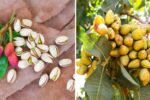
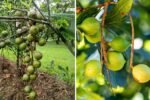



Leave A Comment